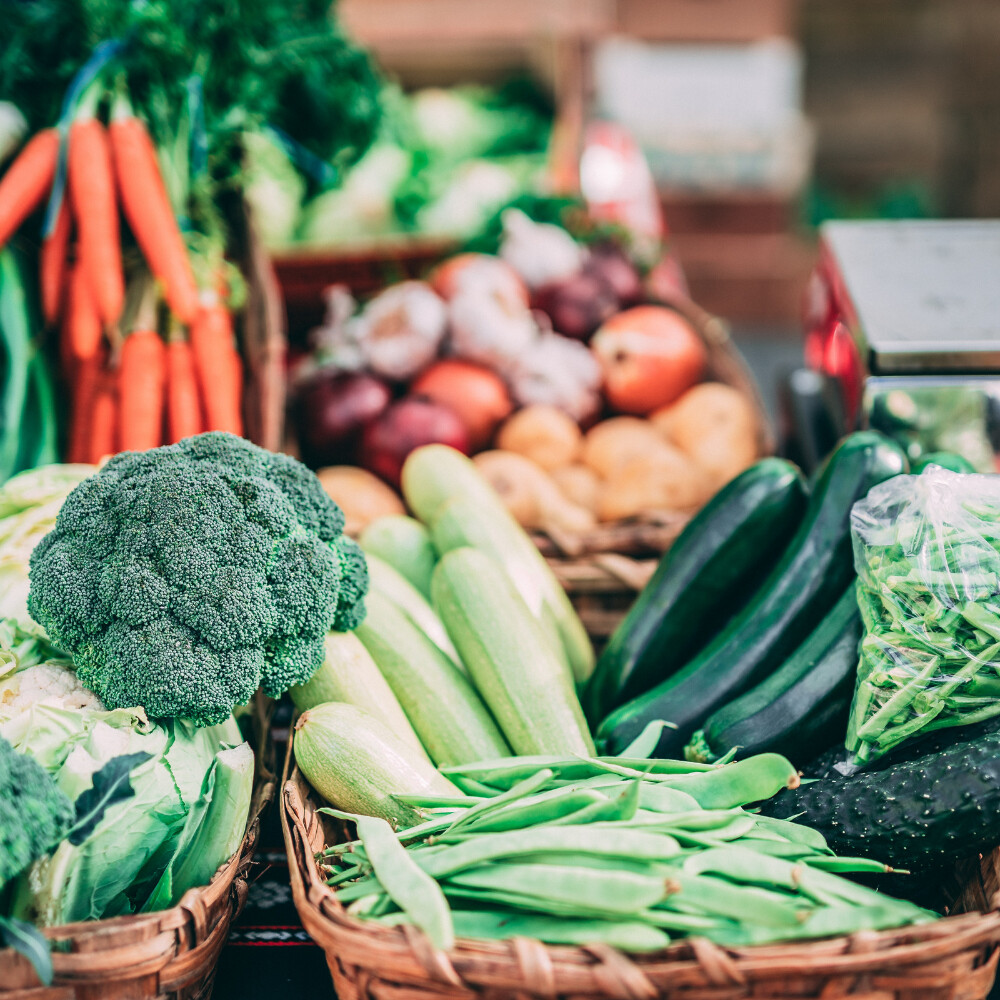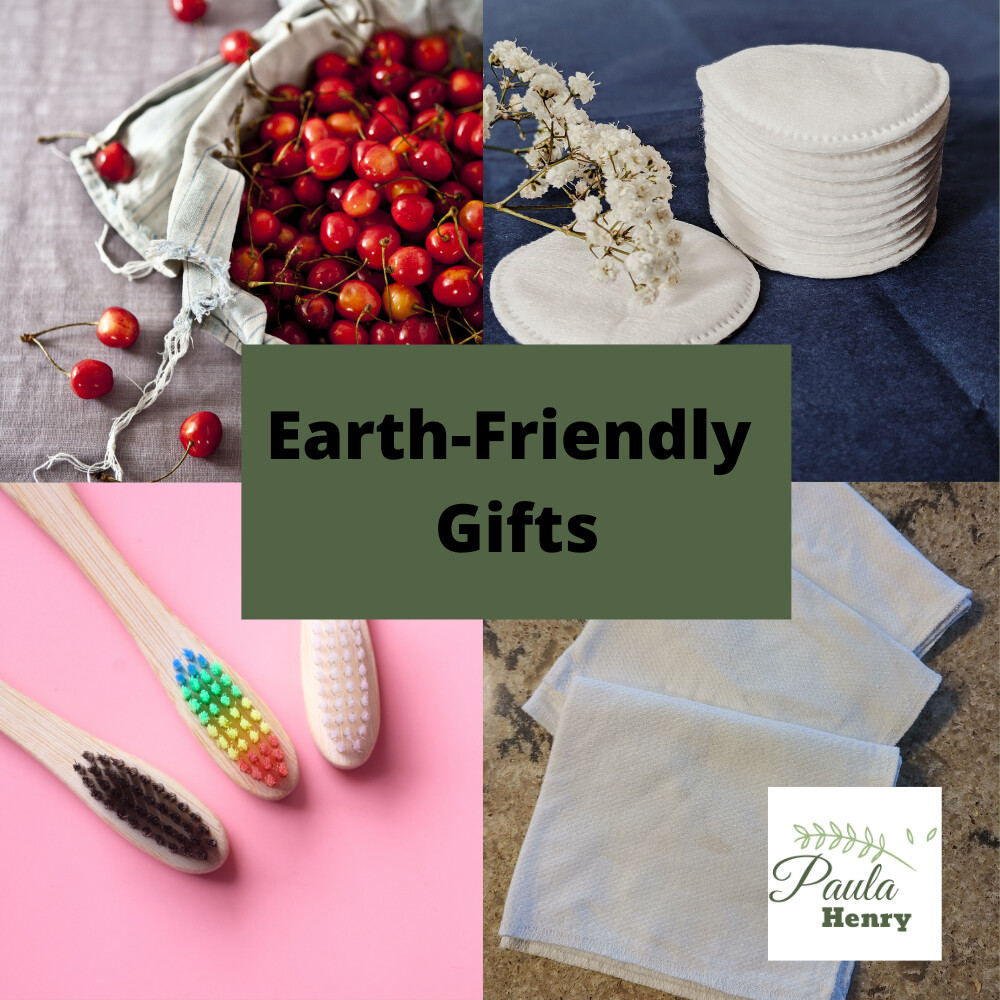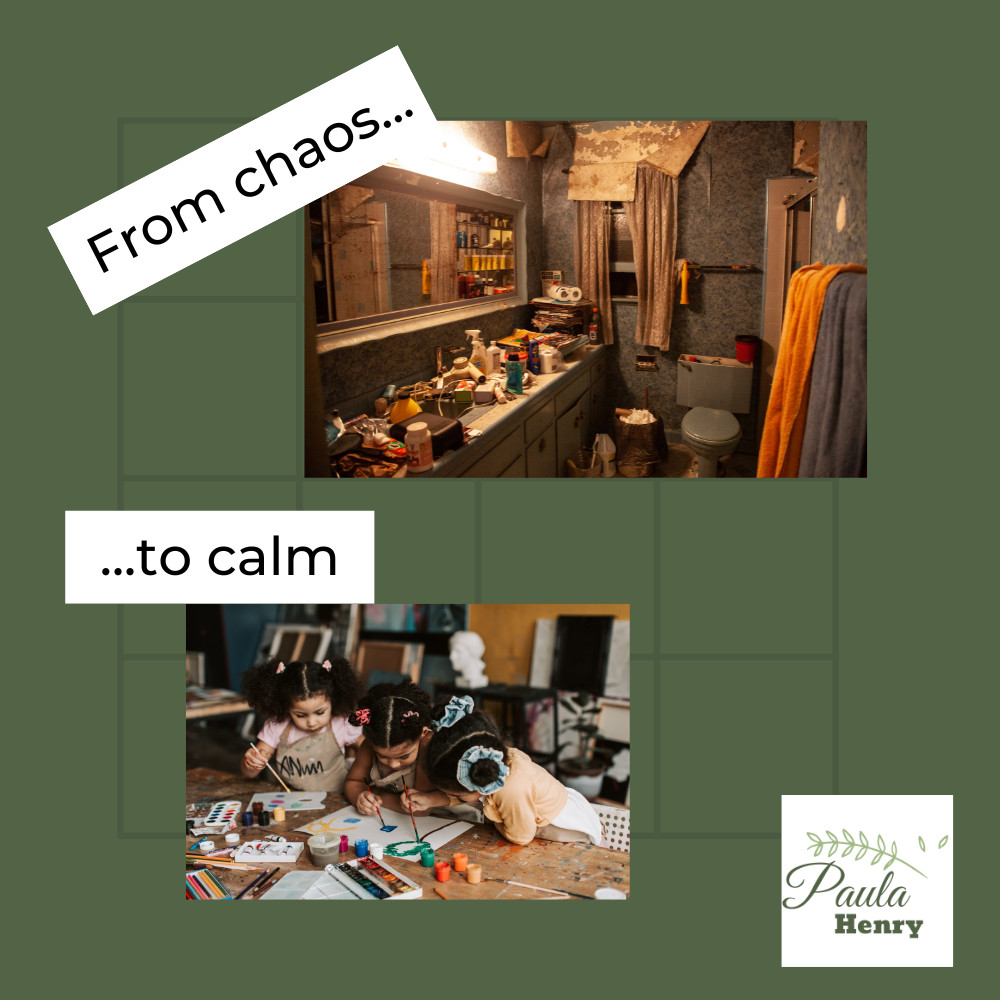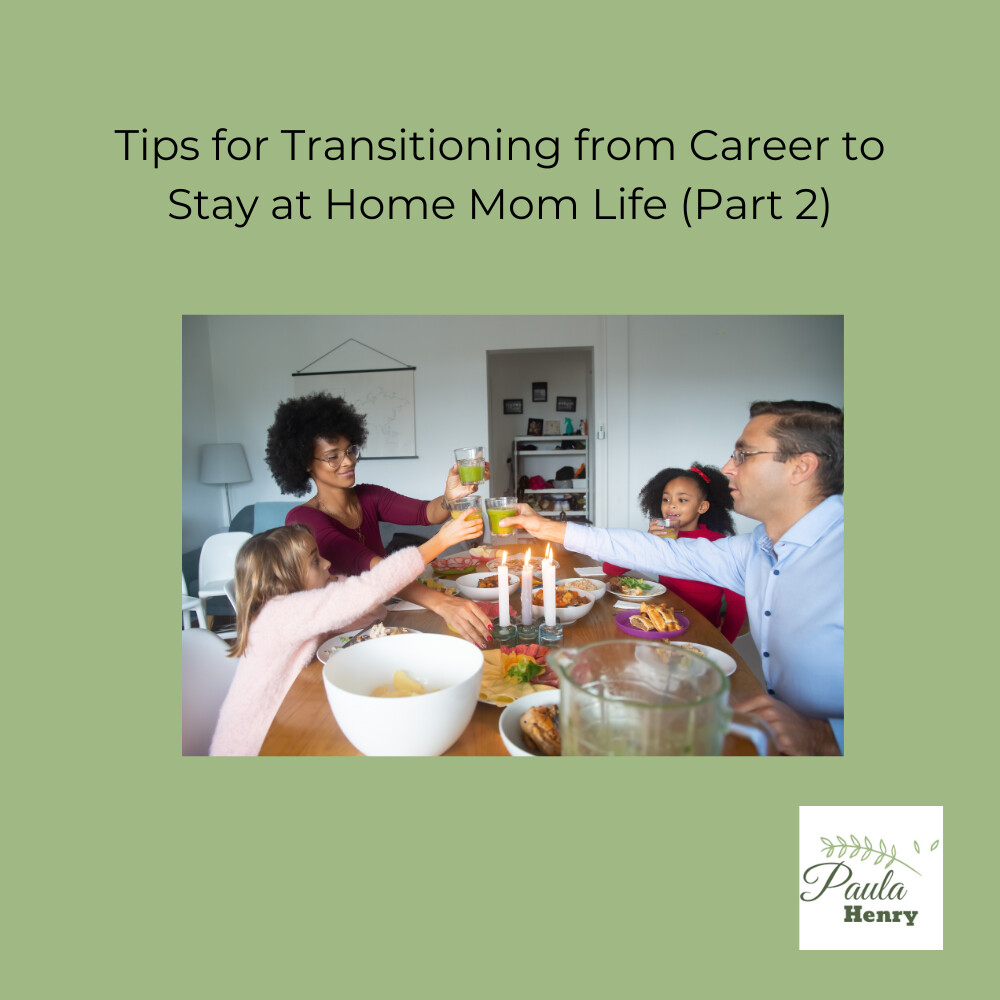
A great way to improve your earth-friendly lifestyle is by making a plan to reduce food waste within your home. Food waste is a huge problem around the world and in the US especially. It is estimated that, in the US, up to 50% of all produce is thrown away. The food that is thrown away ends up in the landfill, produces methane, and contributes to climate change. So, food waste is not only bad for us as Americans, it’s bad for the environment. The cost of this waste is estimated to be about $1500 per year for a family of 4.
Here are 3 simple ways to reduce food waste in your home.
1. Make a meal plan. Before you head to the grocery store, plan out your lunches and evening meals for a week and list out the ingredients that you will need for each meal. This will allow you to make fewer trips to the grocery store (save gas and energy) and save money not buying things you will not use. Fresh fruits and vegetables typically stay fresh for about a week, so planning out what you plan to cook in a week assures you will use up the fresh produce before it goes bad.
2. Buy only what you need for the plan. With your meal plan in hand, only purchase what you need for the meals for this week. But, be flexible. You can change your meal plan on the fly if there’s something on sale or it suddenly sounds better to you (boy, those fresh pineapples look great!), but replace a meal with the new idea rather than buying for an additional meal.
3. Freeze the surplus. If you end up purchasing more than you will use, freeze the extra before it goes bad. This is the case in our house during the summer when we’re members of a Community Supported Agriculture (CSA) farm. If I receive extras, I go ahead and freeze them ahead of time. This is true for the times when I see green beans on sale as well. If they’re in a bag, I just toss the whole thing in the freezer to eat later. The second most common item I end up freezing is bananas. For me, there’s a very short period between the perfect banana and the overripe one. Overripe bananas go into banana bread or the freezer if I don’t have time to bake at the moment. Make sure to remove the peels before you freeze them so that you can add them directly to your recipe. Strawberries, blueberries, peaches and other fruits can easily be frozen for use in smoothies, breads, etc.
Following these 3 simple, earth-friendly steps will not only reduce food waste which is good for the planet but will save you money in the long run and get you on a positive start for the year to come. Oh, and if you’re looking to step up your game to throw away less food, consider composting what you can’t use.
















0 Comments